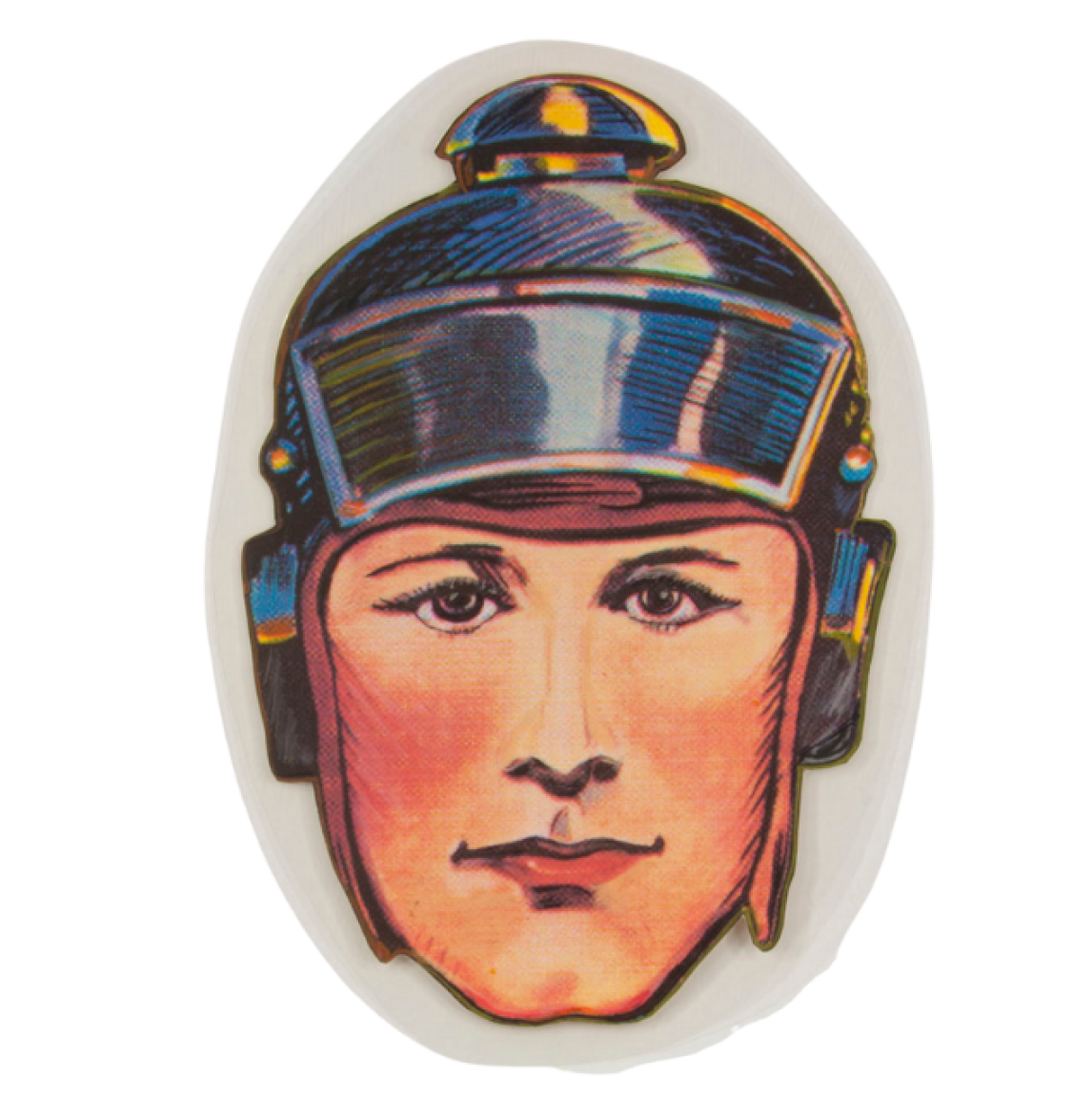Fans might be familiar with the trope of the ‘Space Cowboy’ - an intergalactic adventurer who explores cosmic unknowns, gets into wild adventures, and has dramatic romances. Names such as Han Solo and Captain Kirk are popularly associated with this trope and they can trace their roots back to the 1920s and 30s, when the world was introduced to a character named Buck Rogers for the first time.
Buck Rogers made his debut in the 1928 novella Armageddon 2419 A.D. by author Philip Francis Nowlan. World War I veteran Rogers is thrown into a state of suspended animation for 492 years during a workplace incident, emerging in the year 2419. After Rogers awakes he is rescued by a group of rebels and is thrown head-first into adventures throughout this technologically-advanced new world.
The novella was successful and quickly followed by sequels and adaptations into other formats including a syndicated comic strip (1929-67), radio series (1932-47), serial film (1939), and TV series (1950-51). The character would later be revived in the 1970s with a 1979 film and a prime-time TV series (1979-1981).
Rogers was a key character in establishing the Space Western or Space Opera Genres, which would later inspire works including Star Wars, Star Trek, Dune, Halo, Mass Effect, Power Rangers, and Battlestar Galactica. Tributes and parodies have also appeared in works including Looney Tunes, E.T. the Extra-Terrestrial, and Futurama.
Space Opera is a play on the term ‘soap opera’, and refers to epic works set in space rife with empires, civilizations, intrigue, battles, and drama. Similar to soap operas, Space Operas require a romantic element - hence the trope of a dashing, charismatic leading man who has a tumultuous (sometimes unsuccessful) romance with an equally gorgeous leading lady. Think Han Solo and Princess Leia, or Star-Lord and Gamora (The Guardians of the Galaxy).
Space Opera’s melodramatic and campy tone, thriller elements, and dramatic romances set it apart from traditional science fiction of the mid-1900s, and was a more ‘fun’ alternative that quickly captured the public’s imagination.
Buck Rogers was a boundary-pushing publication when the newspaper strips were first printed in the 1920s, and popularised ‘space exploration’ as a possibility for the wider science fiction genre.
This was still several decades before the moon landing in 1969, and the Space Race wouldn’t even begin till the 1950s. Rogers’ adventures through the stars were truly a form of speculative fiction, setting valuable groundwork for future pop culture mainstays.
Devices such as jet airplanes and walkie talkies coined in the original 1928 novella have even become reality today - and with recent space technology advancements such as the Mars Rovers, intergalactic travel for humans might even be achieved one day.



.jpg)